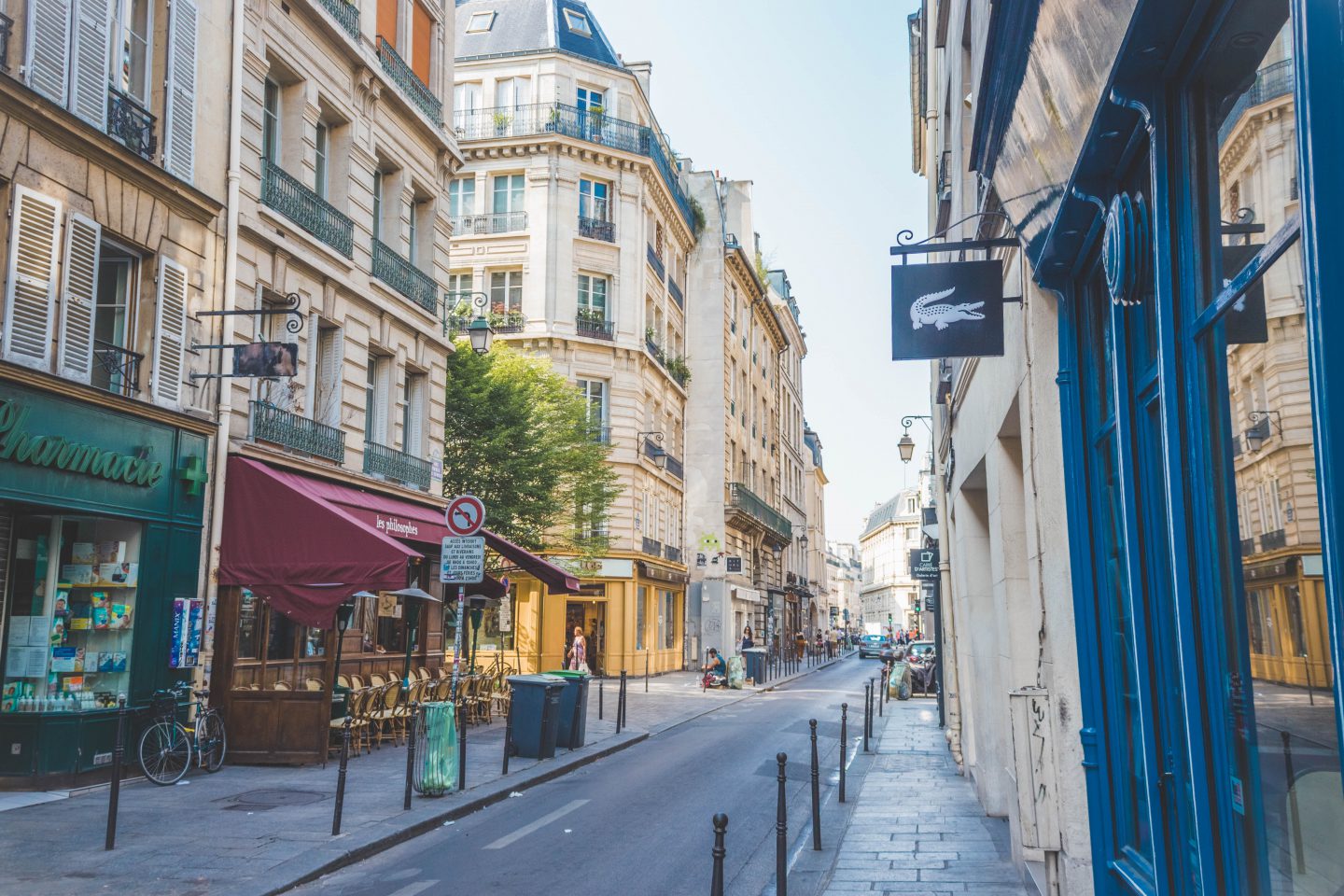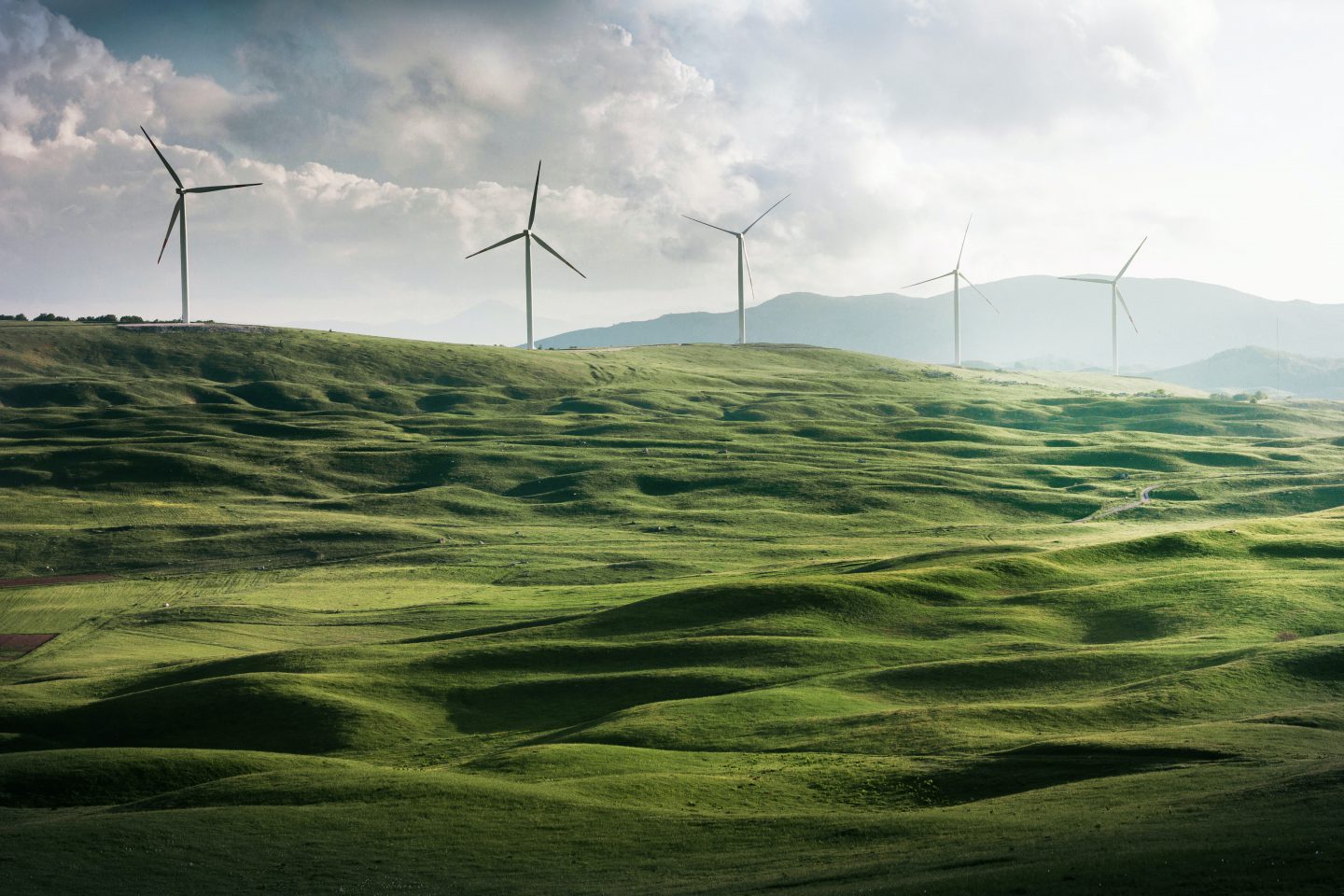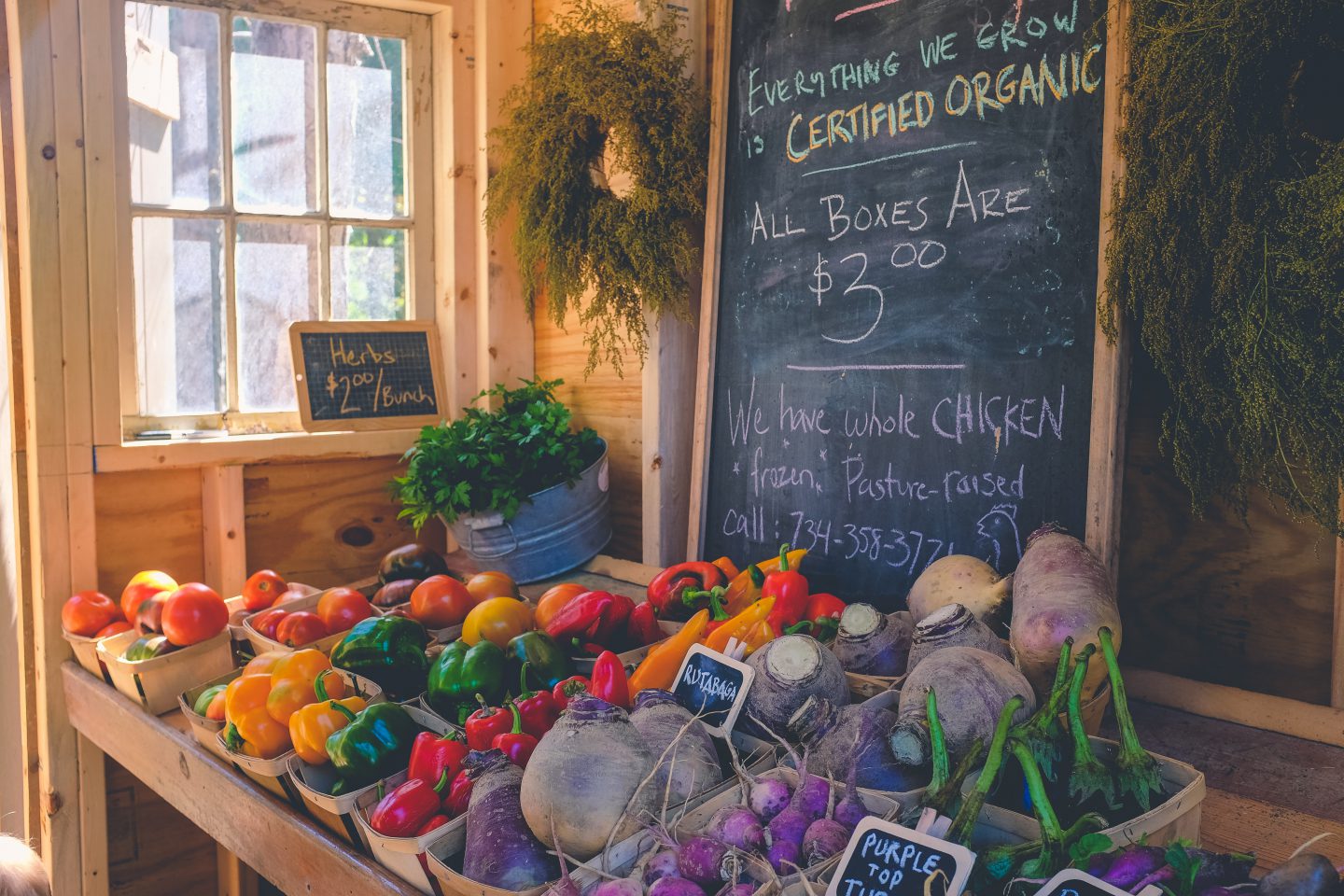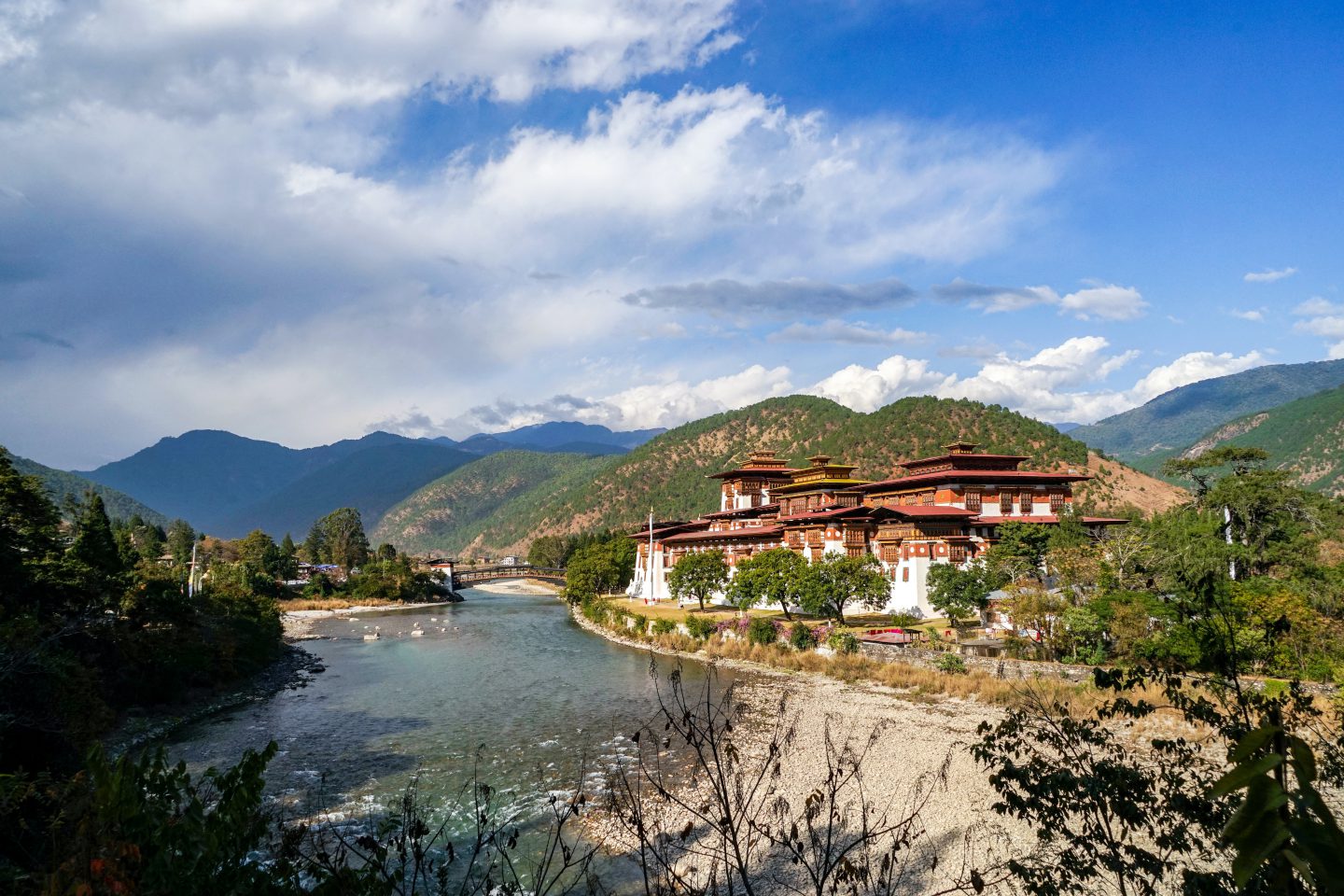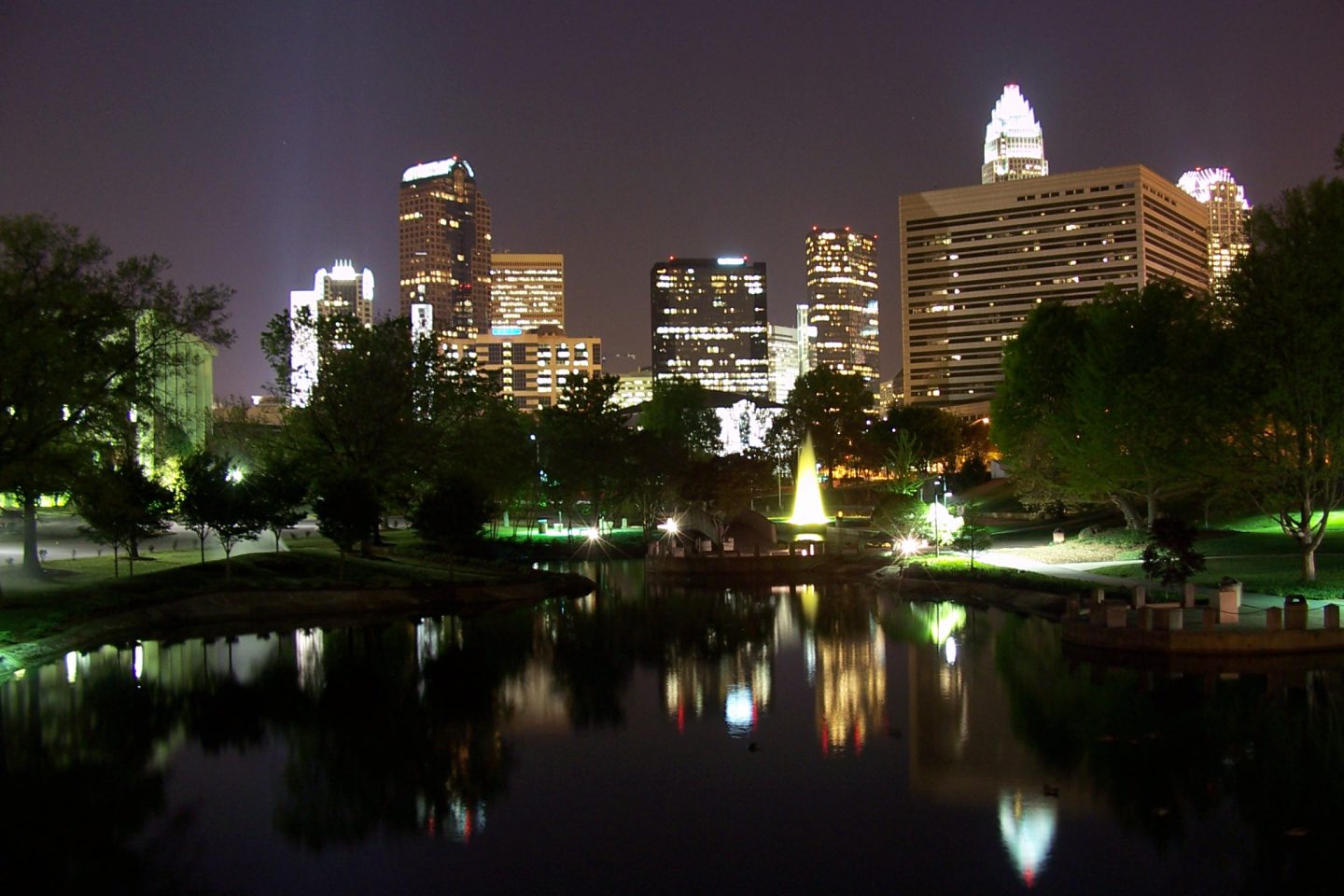What lines can we not afford to cross when it comes to our impact on the planet? As the world races to achieve the UN’s 17 Sustainable Development Goals (SDGs) by 2030, it is vital that the pursuit of sustainable development is undertaken within the absolute limits of what the earth can support.
For answers, many are turning to science-based targets, which are already being employed in the effort to reduce carbon emissions. A range of collaborators including the UN Global Compact are behind the Science Based Targets initiative (SBTi), which has introduced quantifiable targets based on sound science. It has been adopted by 169 major corporations in order to tackle climate change. Lise Kingo, CEO and Executive Director of the UN Global Compact has linked science-based targets to the realization of SDG 13 (Combatting Climate Change).
However, carbon emissions are just one of the many ways in which humans impact the environment. Genuine sustainable development thereby needs to avoid endangering other crucial planetary life support systems, such as biodiversity, soil nutrients, and freshwater. Where the SDGs can provide a vision of a world in which both the human and natural ecosystems thrive, science-based targets can quantify what this world looks like in practice.
Read more →





